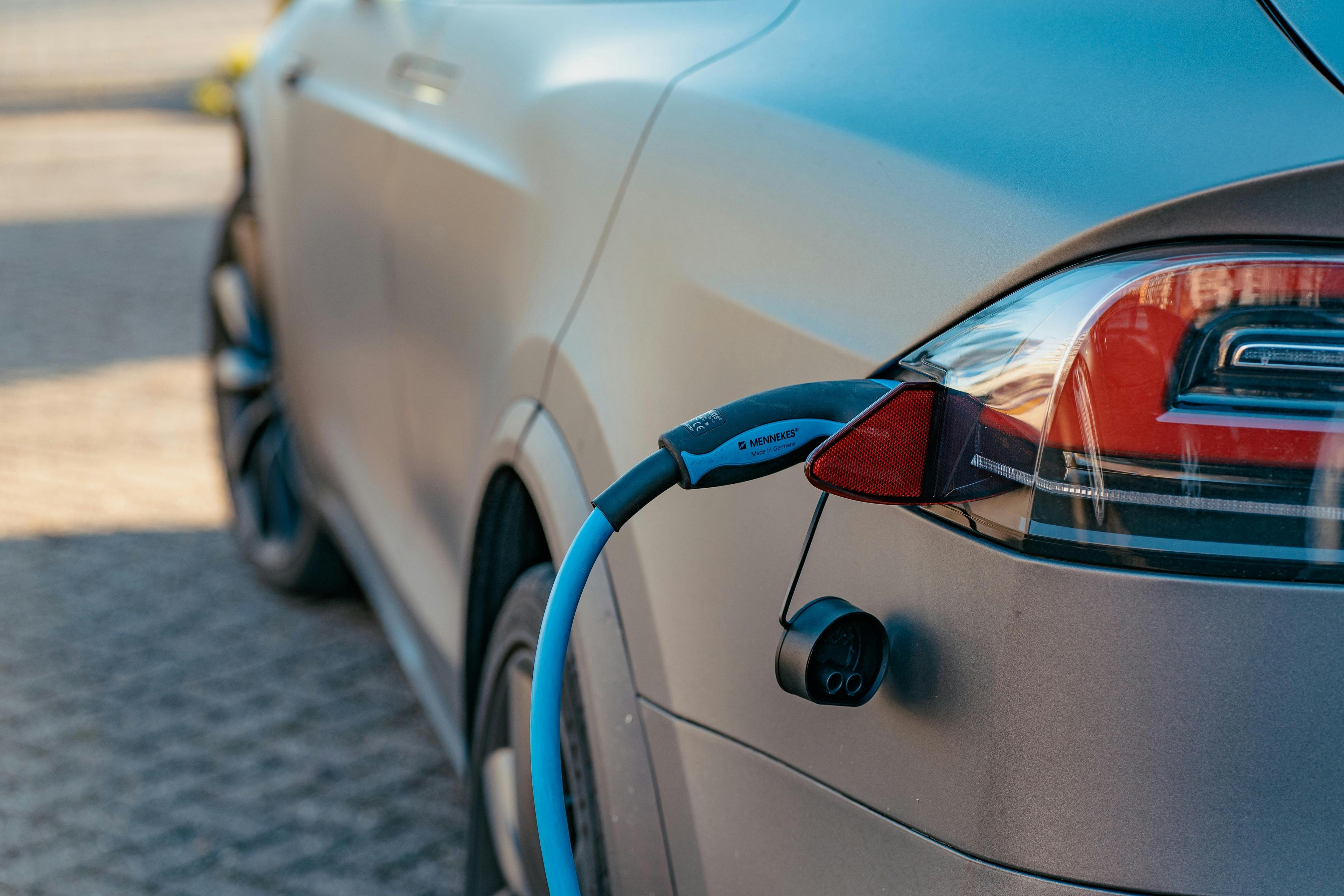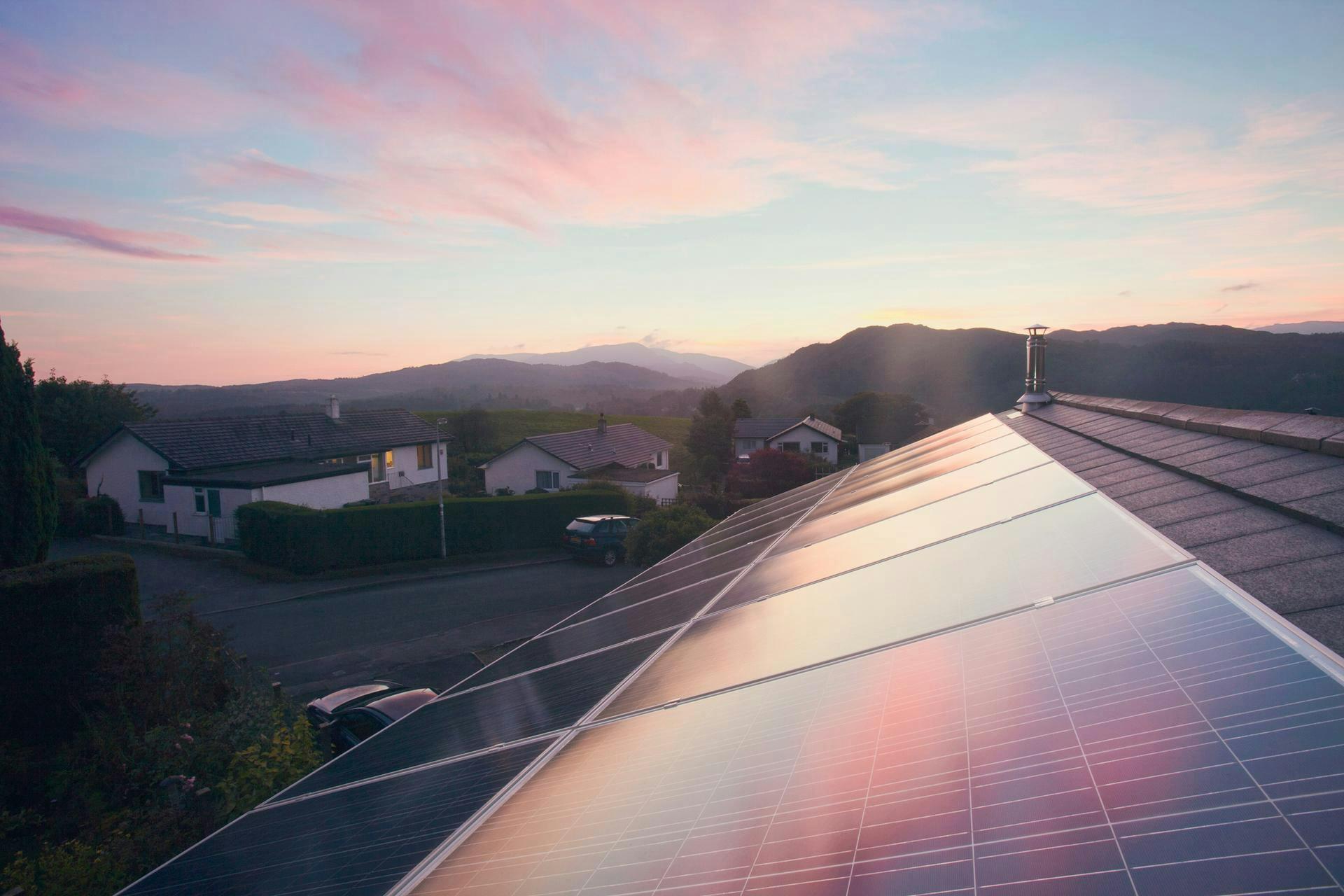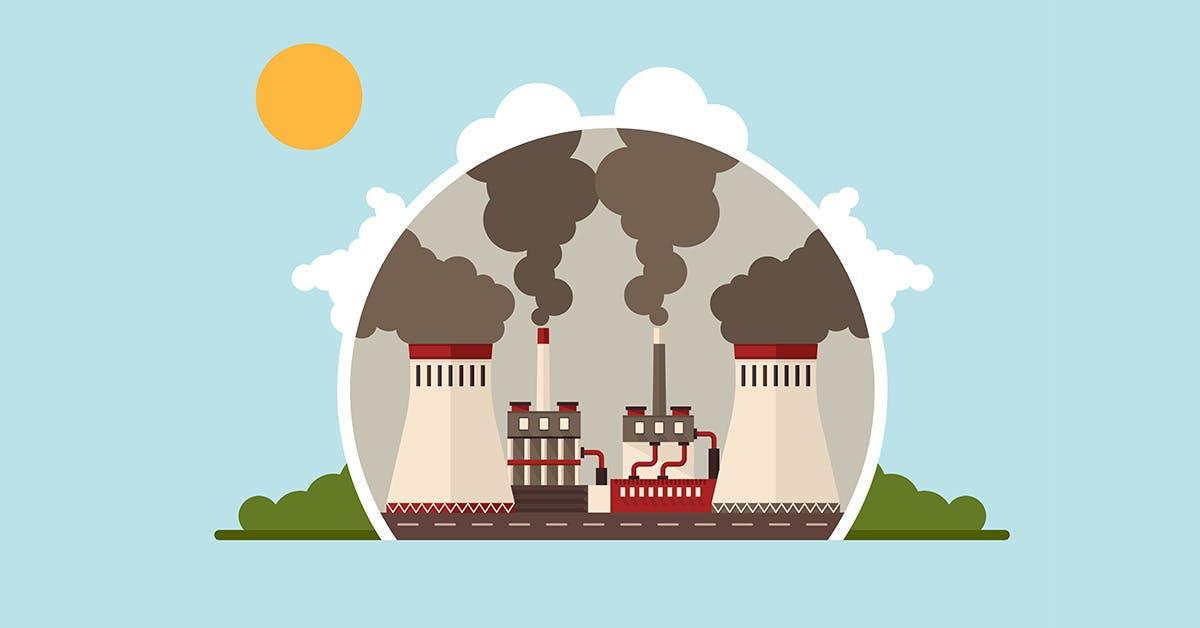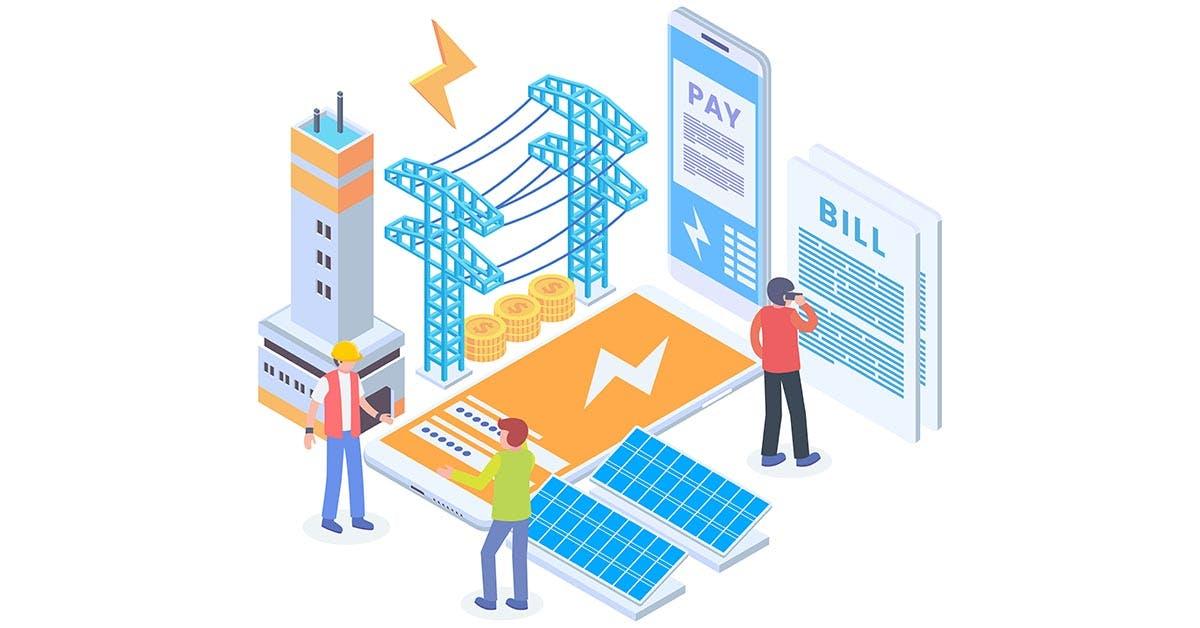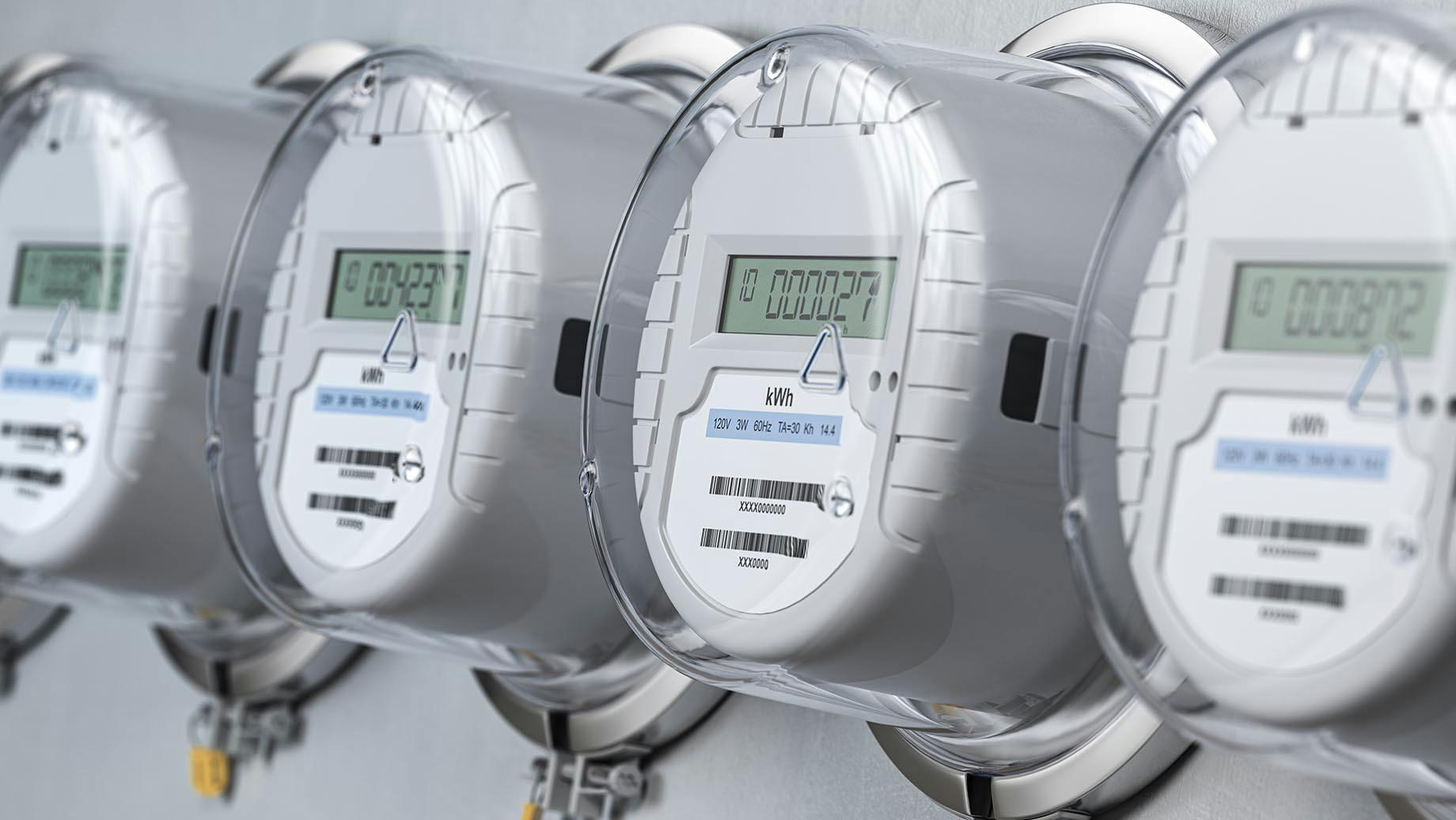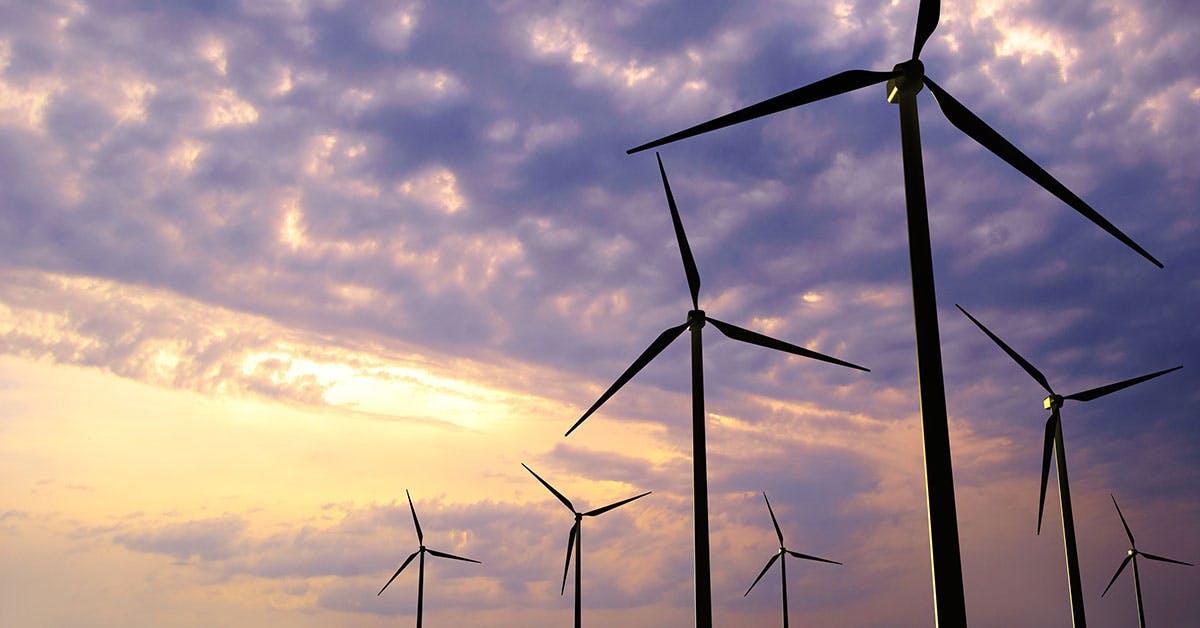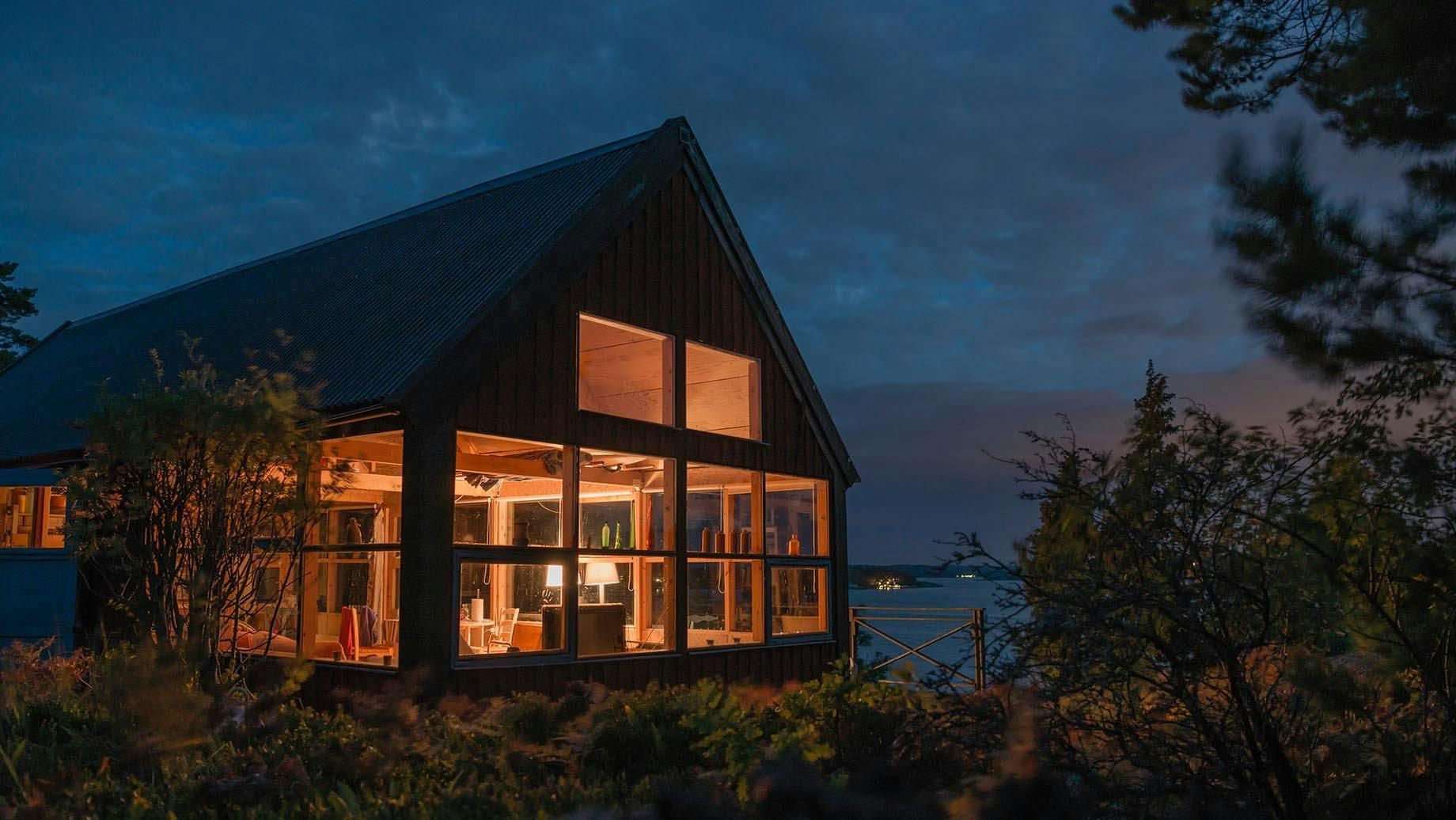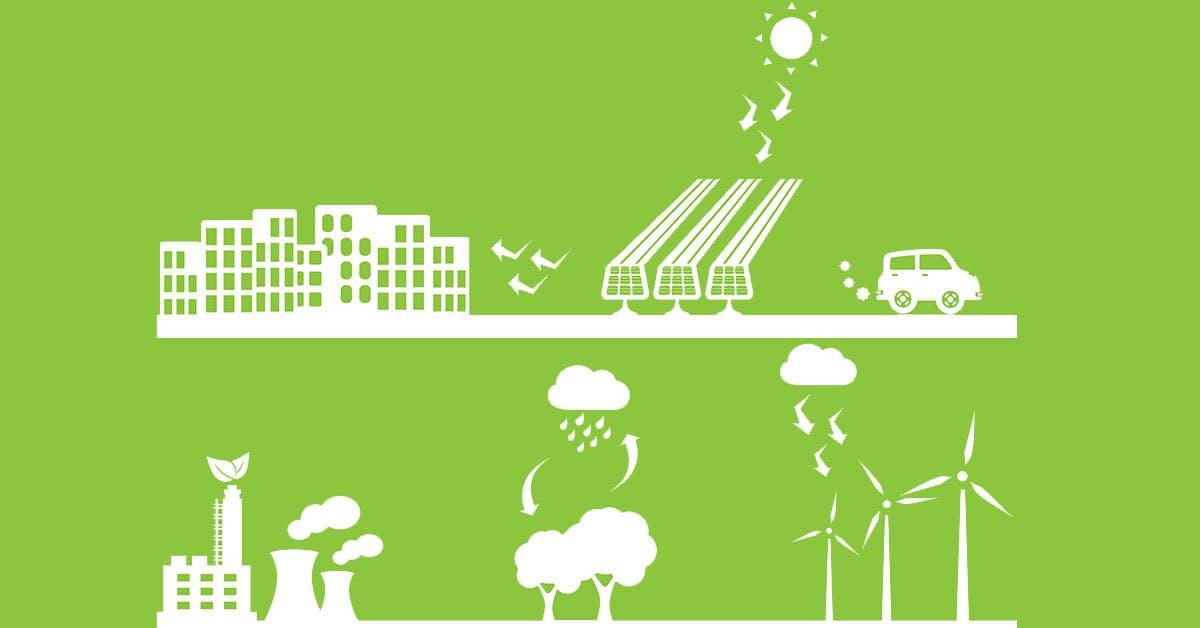
3 Ways A Nest Thermostat Airwave Can Optimize Your Energy Usage
Inspire Clean Energy
7 min read
category: Smart Home Technology That Promotes Energy Efficiency
Don't worry about climate change— do something about it.
Our clean energy plans are the easiest way to reduce your home's carbon footprint.
Switch to clean energy
How to Use Nest Airwave to Save Energy
The Nest smart thermostat comes standard with a number of well-documented features1 designed to optimize a home's archaic heating and air conditioning experience.
However, in the interest of getting really nerdy with this awesome piece of smart home tech, and optimizing your home even further, we've compiled a list of 3 of our favorite somewhat hidden Nest features that exist to help you get the most out of your device.
Here they are, in no particular order.
1. Use IFTTT to adjust Nest based on outside temperature###
IFTTT.com2 (literally "If This Then That") is a handy web application that uses simple argument based formulas - called "recipes" - to help you intelligently utilize your web applications and smart home devices.
And, as luck would have it, some of the more useful ones on IFTTT are made specifically for the Nest smart thermostat. These two recipes come directly from the official Nest IFTTT account3, so it’s likely that they’re well vetted.
The Nest smart thermostat is programmed to learn what your home's optimal internal temperature is, and to keep it there. However, if you live in a location that may be prone to unexpected temperature extremes, then these two recipes might be right in your wheelhouse.
To automatically cool down your house when it gets hot outside: This simple integration works by plugging into Weather.com's temperature data and relaying that information directly to your Nest when you grant authorization. Once that's done, just set your temperature constraint to the upper limit of the ambient outside temperature to whatever comfort level you prefer.

To automatically heat up your house when it’s cold outside: This recipe from IFTTT works using the same integrations as the above one, only it does the exact opposite function. Again using Weather.com’s reports on outside temp and simple customized settings, you can automate the internal temperature levels of your house when the outside temp drops below your preferred comfort zone.

Temperature alerts for manual adjustment: If you want to get really specific on how your Nest alerts you to when it is making temperature changes, you can set-up these two recipes to notify you through multiple channels (email, text, etc.) when it goes above a certain temperature4, and another one to notify you when it drops below5 a certain temp.
2. Save energy and money using Nest “Auto-tune” programs###
Being a pioneer in the smart home space, Nest is well aware of the need to conserve energy through the use of well-timed power usage.
That's why they introduced their “auto-tune technology” programs in the form of the “Seasonal Savings” and the "Rush Hour Rewards” program.
The seasonal savings program6 takes all the information that the Nest knows about you and your home temperature habits, and then fine tunes the temperature during times of the day when you won’t really notice (when you’re asleep, early morning, etc.)
How much can you save?
Nest claims that enrolling in the Seasonal Savings program can help save you up to 10% on your HVAC bill over time, which is a bold claim. However, if you compound seasonal savings with Rush hour reward possibilities, then you could be looking at a decent amount of money saved depending on how expensive your energy can get.
The rush hour rewards program7 is designed to give benefits to those intrepid few who are willing to turn down their air conditioning or heating during peak power usage times (think mid-July in Philadelphia, mid-January in Boston, or basically any time of any month in Fort Lauderdale)
Enrolling in the program is simple enough: navigate over to the Nest website, check to make sure your energy partner participates in the rush hour rewards program, and sign-up.
Once you enroll, communication with your device when rush hours are happening will occur automatically, and your Nest will adjust itself accordingly. You can override the temperature change at any time, but the downside there is that you won't get credit for using less energy.
How much can you save?
That entirely depends on how many “rush hours” occur during a given year, and how much energy you save by being a part of the program. According to the Nest website, “Rush Hours typically happen on very hot summer days or very cold winter days — usually about 6–12 times a season.” which is a nice way of saying “dunno, could be something, could be nothing.”
But through the clever use of math, we can get close to what those savings could be.
The average price per kilowatt hour in the U.S. is 12 cents per hour according to the EIA8. Which means that 1 kWh of saved energy on an A/C unit that uses 3,500 kilowatts of energy, 12 times a year, equates to around 5 bucks total. However, you must remember that Rush Hour Rewards only apply to peak energy usage times, which means that energy is in high demand, and can be more expensive per kWh.
3. Using Airwave integration to save energy when you use A/C###
If you have central air conditioning, then this feature is exclusive to you.
Airwave cleverly uses the cooling off period that happens after the compressor shuts down to squeeze a few extra cold blasts out of your A/C by keeping the fan on. Allow us to explain. Airwave is Nest’s own proprietary method of using the physical composition of a standard central air conditioner to its advantage.
Your standard home air conditioner unit is made up of dozens and dozens of “doohickeys” and “knick-knacks” that all come together to cool down the air in your house when you need it to be cold. However, for the purposes of this explanation, we’re only going to focus on two of said doohickeys: the fan, and the compressor.
The fan: as the fan moves air over cooled compressor coils, the second law of thermodynamics takes effect. The air is cooled as it passes over the compressor coils, and a room’s air temperature is cooled as the air is circulated. Very important to note: the fan uses less energy than the compressor.
The compressor: The air conditioning compressor is the heart of your A/C unit. The compressor contains the coolant that - again through the second law of thermodynamics - is used to “cool down” the metal coils of the compressor as it runs. The important thing to remember here is that once the compressor cools the coils, the coils will stay cool for a few minutes after the compressor turns off.
Here’s the cool part: Conventional air conditioners, when they turn off, will turn both the fan and the compressor off at the same time. Airwave uses a specific software algorithm to intelligently turn off your air conditioner’s compressor while keeping the fan on, thus blowing air over the still cold compressor coils.
That’s amazing, how do you turn it on? Surprise! It’s already on9! It comes standard with all Nest units and turns on when a home reaches optimal Airwave conditions, meaning when the humidity levels inside your home are low enough to allow airwave to be effective.
Ah, the Nest smart thermostat. If you have one, you love it. If you do not have one, you still love it, and you totally want one.
- lifehacker.com/what-can-a-smart-thermostat-do-that-mine-can-t-already-472975733↩
- ifttt.com/↩
- ifttt.com/p/nest/shared↩
- ifttt.com/recipes/184044-if-your-nest-thermostat-rises-above-___-then-get-a-notification↩
- ifttt.com/recipes/184045-if-your-nest-thermostat-drops-below-___-then-get-a-notification↩
- nest.com/support/article/What-is-Seasonal-Savings↩
- nest.com/support/article/What-is-Rush-Hour-Rewards↩
- eia.gov/electricity/↩
- nest.com/support/article/What-is-Airwave↩
Don't worry about climate change— do something about it.
Our clean energy plans are the easiest way to reduce your home's carbon footprint.
Switch to clean energy
Inspire Clean Energy
We're on a mission to transform the way people access clean energy and accelerate a net-zero carbon future.
Learn more about Inspire →Explore more
Recent Posts
Top Articles



